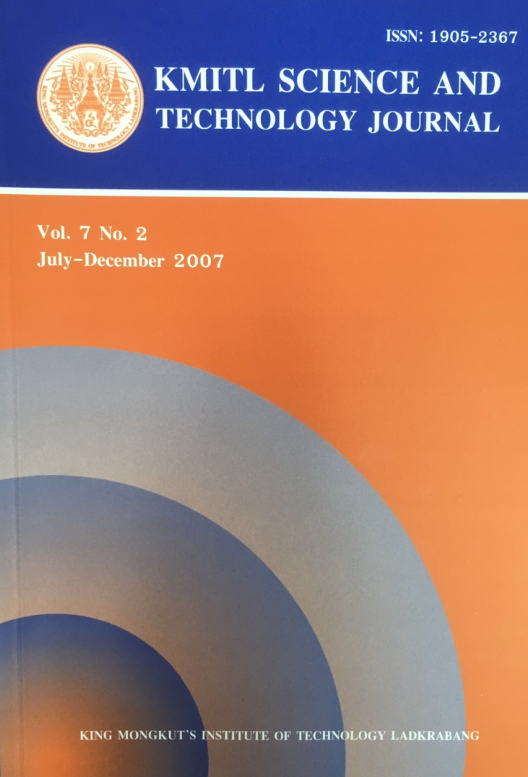A multi-criteria maintenance job scheduling model that minimises equipment and personnel idle times, and lateness of jobs under stochastic-fuzzy uncertainties is presented using a weighted integer linear programming. Job parameters were specified by fuzzy numbers and modelled using triangular membership function representations. The centre of gravity (COG) deffuzification scheme was used within a finite interval to obtain fuzzy variables. The fuzzy variables were then randomised using the instantaneous probability characteristics of arrival time, processing time and due time of the job specified by probability mass function (PMF). This was used to determine the stochastic measures. The stochastic-fuzzy data then became the model input. The mathematical model constrained by the available equipment, manpower and job availability times within the planning horizon was tested with a 15-job, 24-hour problem with declared equipment and manpower availability levels. The results, analyses and illustrations were used to demonstrate the feasibility of the model.
Keywords: maintenance scheduling, fuzzy, stochastic, multi-criteria, stochastic-fuzzy arrival time, processing time, due date, defuzzification, weighting
Corresponding author: E-mail: sa_oke@yahoo.com
Ogunwolu*, L. ., Sosimi, A. ., Shittu, K. ., Oyetuni, E. ., & Oke, S. . (2007). MAINTENANCE JOB SCHEDULING: A MULTI-CRITERIA APPROACH UNDER STOCHASTIC-FUZZY UNCERTAINTY. CURRENT APPLIED SCIENCE AND TECHNOLOGY, 77-91.
